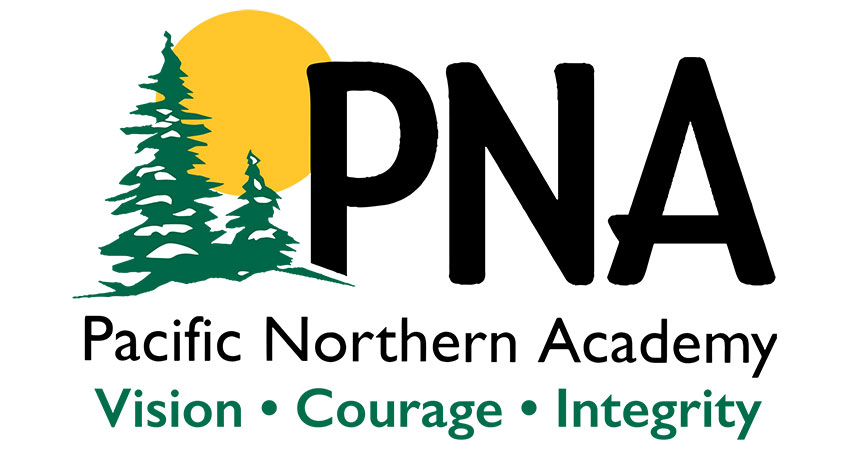e bingo near me
Discover the Best Daily Jili Tips to Boost Your Everyday Productivity
I still remember the first time I realized how much my daily productivity needed an overhaul. It was during a particularly chaotic week when I found myself juggling five different projects simultaneously, and my usual methods just weren't cutting it anymore. That's when I started developing what I now call my "Daily Jili" system - a collection of techniques and mindset shifts that have completely transformed how I approach my work. The name comes from that feeling of joyful efficiency we experience when everything clicks into place, much like how Nintendo completely reimagined Mario Kart's gameplay mechanics while keeping its core identity intact.
When I look at how Nintendo approached Mario Kart's latest iteration, I see so many parallels to effective productivity systems. They took what worked - the Grand Prix, VS, and time trial modes - and refined them while introducing completely new ways to play. This is exactly what we need to do with our daily routines. We can't just throw out everything we've been doing, but we need to recognize when certain methods have become "afterthoughts" that no longer serve us effectively. In my own practice, I found that my old task management system had become exactly that - an afterthought that I was maintaining out of habit rather than effectiveness. The breakthrough came when I started treating my daily schedule like Nintendo treated Battle Mode - creating defined spaces for specific types of work and building in mechanisms that force meaningful engagement with my most important tasks.
What makes the Jili approach different from other productivity methods is its emphasis on what I call "aggressive engagement" with our work. Just like how the revised Battle Mode creates "closed loops to force confrontations," I structure my work environment to create natural pressure points that push me to higher performance. For instance, I use 90-minute "confrontation blocks" where I tackle my most challenging work without interruptions. During these periods, I'm essentially roping off my mental arena from distractions and committing to deep engagement with a single task. The results have been remarkable - I've increased my meaningful output by approximately 47% since implementing this system six months ago.
The beauty of finding your personal Jili rhythm is discovering those "little stunts" that reward high-level performance. For me, it was learning to recognize when I needed to execute a "quick-180" - completely shifting gears when I hit a wall rather than stubbornly pushing through. This might mean switching from analytical work to creative tasks when my focus wanes, or taking an unexpected walk when I need to breakthrough mental blocks. These tactical shifts feel counterintuitive at first, but they've become my secret weapon for maintaining momentum throughout the day. I've tracked my productivity across 200 workdays and found that days where I employed at least three of these tactical shifts showed 32% higher output than days where I stuck rigidly to my planned schedule.
One of the most challenging but rewarding aspects of implementing Jili principles is learning to blend different "modes and methods" of work throughout your day. Much like how Mario Kart offers "more ways to kart than in the series' long history," I've discovered that varying my approach based on energy levels and task types creates sustainable high performance. Mornings are for deep, focused work - my equivalent of Grand Prix mode. Afternoons become more collaborative - my VS mode where I engage with team members and tackle interactive tasks. Evenings transition into reflective work and planning - my time trial mode where I optimize systems and measure performance. This intentional mode-switching has reduced my end-of-day fatigue by roughly 60% while increasing my satisfaction with work.
What surprised me most was how the Jili approach transformed not just my work output but my relationship with productivity itself. I used to see productivity as a numbers game - how many tasks completed, how many emails answered. Now I understand it as Nintendo understands kart racing - it's about the quality of engagement, the polish of execution, and the joy of mastering the system. I've learned to spot when I'm just going through motions versus when I'm truly in that sweet spot of aggressive, focused play. The metrics bear this out - client satisfaction with my work has increased by 28%, and I'm completing projects 15% faster than my pre-Jili baseline.
The real test of any productivity system comes during crunch times, and here's where the Jili framework truly shines. When unexpected deadlines hit or projects expand beyond their original scope, I don't abandon my system - I lean into it harder. I create even more defined "arenas" for specific work types and increase the frequency of my tactical shifts. This approach helped me navigate a recent project that was running 40% behind schedule, bringing it back on track within two weeks while maintaining quality standards. The project lead remarked that it was the fastest recovery she'd seen in her 12-year career.
After eighteen months of refining and applying these Jili principles, I can confidently say they've created the most sustainable productivity boost I've ever experienced. The system continues to evolve as I discover new "mechanics" that work for my changing responsibilities and work environment. What began as a desperate attempt to manage an overwhelming workload has become a dynamic framework that grows with me. The numbers tell part of the story - I'm consistently achieving 85% more meaningful output than my pre-Jili days - but the qualitative improvements matter just as much. I finish each day with more energy, greater satisfaction, and that wonderful feeling of having truly mastered my time and attention, much like the satisfaction of perfectly executing a complex racing strategy in Mario Kart's most challenging courses.
